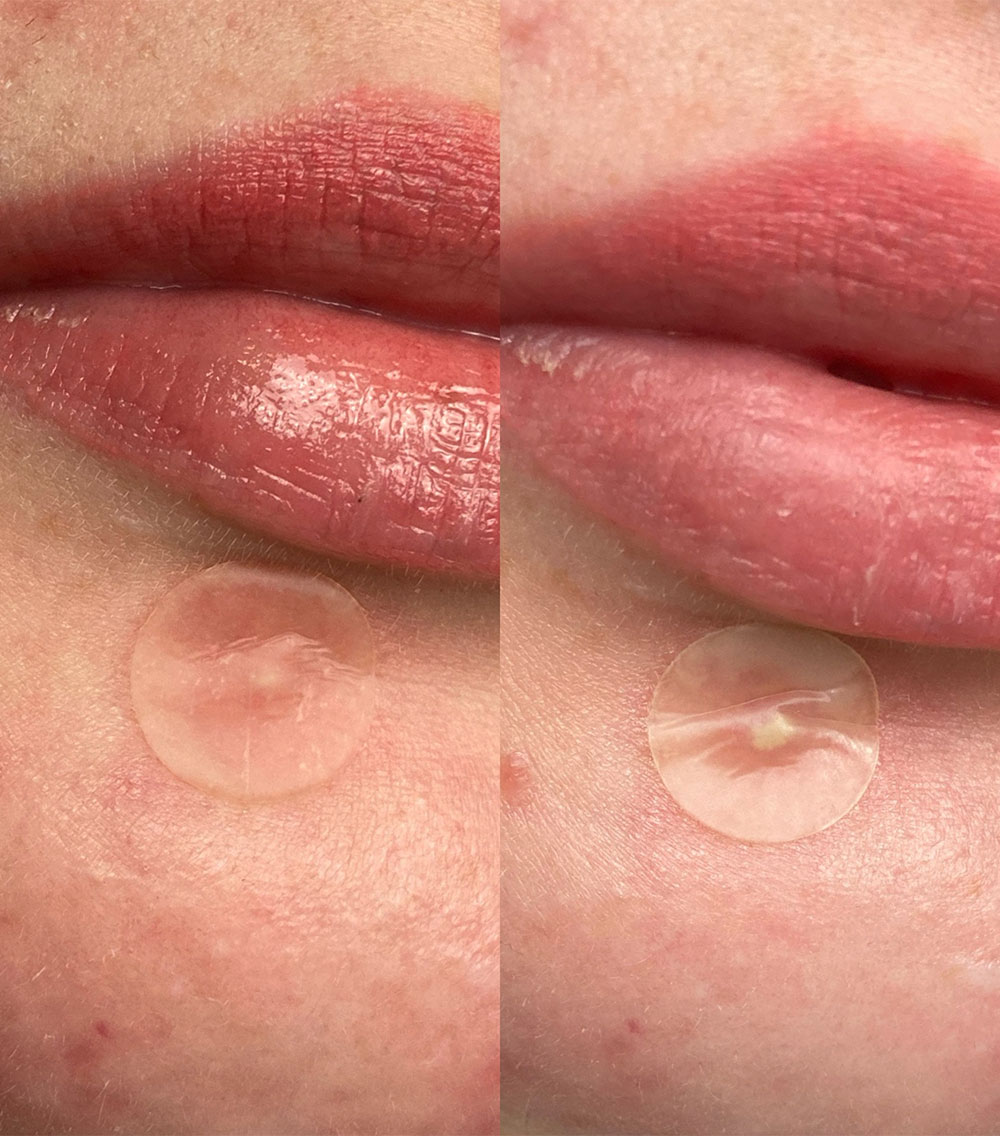When Can I Use Mighty Patch?
If you’re still navigating your way through the hydrocolloid acne patch hype, you’re not alone. While people in Korea and other Asian countries have been using pimple patches for more than a decade, they are a more recent phenomenon in Australia.
Hydrocolloid: The fabulous fluid absorber
First, let’s discuss what hydrocolloid is and how it works. Hydrocolloid patches are made of gel-forming agents, which adhere to your skin to provide insulation and a moist, healing environment.
Originally produced as bandages to heal wounds, the agents in hydrocolloid patches absorb fluids and pus out of your pimples.

Now, to your burning question:
Will Mighty Patch help get rid of my [insert pimple type here]?
Whiteheads - Yes
This is our acne sweet spot. Whiteheads occur when pores become clogged with dead skin cells, sebum and/or bacteria. They are covered with a thin layer of skin that appears as a white bump. When you put a Mighty Patch over that white bump, it will absorb the pus and fluid that’s trapped in the pimple.
Blackheads - Probably not
Blackheads develop when a pore is clogged and the top of the pore appears black (hence the name). Since the pore is open (not covered by a layer of skin), the gunk that’s clogging it gets exposed to air and oxidises. So don’t expect to see a used patch covered in little black dots. Your best bet to eliminate blackheads is to exfoliate regularly to boost skin cell turnover and avoid clogs.
Cysts - Ask your doctor
Cystic acne involves large, red and painful breakouts deep in your skin, which can sometimes linger for years. If you have severe cystic acne, we recommend you see a doctor or dermatologist for professional treatment.






 Back to Skin School
Back to Skin School